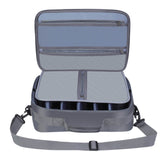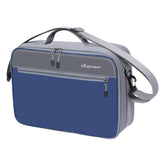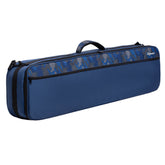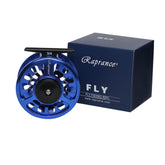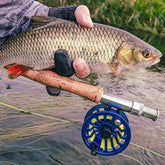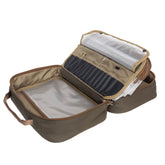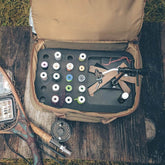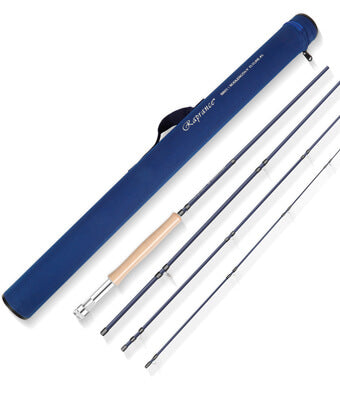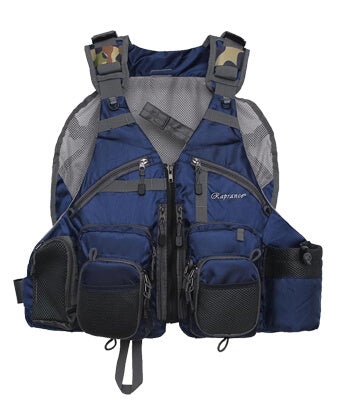Wading Socks vs Regular Socks: Essential Guide to Comfort and Care
When venturing into the water for fly fishing or wet wading, the choice of socks can significantly impact your comfort and experience. Wading socks are designed specifically for use with waders, offering additional warmth and cushioning, while regular socks may not provide the necessary support or moisture-wicking properties. Understanding the benefits of specialized wading socks can help improve your angling outings.

Selecting the best socks to wear under wading socks is crucial. I find that materials such as merino wool or synthetic blends enhance insulation and moisture management. These materials not only keep feet warm when wet but also prevent blisters, allowing for longer hours on the water without discomfort.
Cleaning your wading socks requires special attention to preserve their functionality. I recommend washing them with mild detergent in cold water and air drying to maintain their shape and durability. Taking proper care of your socks ensures they last through many fishing seasons, enhancing your overall experience on the water.
Wading Socks and Regular Socks
When choosing between wading socks and regular socks, the differences in material and design significantly impact comfort and fit. Wading socks are specifically designed for wet environments, while regular socks serve general purposes.
Material and Design Differences
Wading socks often incorporate specialized materials that enhance performance and durability. For example, Yulex® wading socks utilize natural rubber, providing insulation and flexibility. In contrast, regular socks are typically made from fabrics like recycled polyester, nylon, or a blend of spandex.
Wading socks often feature reinforced sections in high-wear areas, improving longevity. Meanwhile, regular socks focus on general comfort, lacking the structural support needed for wading activities. The thickness of wading socks helps prevent abrasion from boots or waders, which is absent in standard options.
Comparison of Comfort and Fit
Comfort in wading socks stems from their tailored fit and thicker design. These socks are often cushioned, supporting long hours of wear during outdoor activities. Regular socks may be comfortable but might not offer the same level of support, especially when worn for extended periods.
The fit is crucial in both types of socks. Wading socks are designed to fit snugly without pinching, preventing water from entering while allowing for movement. Regular socks can vary widely in fit and may not accommodate bulky wading boots effectively, potentially leading to discomfort.
Essentials for Waders
When preparing for a day in the water, having the right gear is critical. Choosing the right wading socks and understanding the role of gravel guards can enhance comfort and functionality.
Choosing the Right Wading Socks
For wading, I prefer socks made of materials such as wool or synthetic blends. These materials provide warmth, wick moisture, and dry quickly. Neoprene socks are also a good option, as they offer additional insulation and can fit snugly inside wading boots.
Consider the thickness of the socks, as thicker options may reduce circulation, while thinner socks can enhance mobility. The fit is essential; I select socks that are snug yet comfortable to avoid blisters. When possible, I recommend pairing my wading socks with gravel guards to keep debris out.
Importance of Gravel Guards
Gravel guards are an essential part of my wading setup. They prevent sand and gravel from entering my wading boots, protecting my feet while I navigate rocky riverbeds. Many wading shoes come with built-in gravel guards, offering convenience and effective coverage.
I prioritize gravel guards that are adjustable for a secure fit around my ankles. The right guard prevents the discomfort of pebbles and minimizes the risk of abrasions. Using gravel guards also helps maintain the longevity of my wading gear, keeping it in top shape for many outings to come.
Maintenance of Wading Gear

Caring for wading gear is essential for ensuring its longevity and performance. Proper washing techniques and regular maintenance can make a significant difference in your gear's lifespan and effectiveness.
Proper Washing Techniques
To clean wading gear effectively, I focus on specific washing techniques to remove dirt and grime without causing damage. First, I check the care label for manufacturer instructions. Generally, it's advisable to rinse the gear thoroughly with fresh water after each use to eliminate contaminants.
For more thorough cleaning, I use a gentle detergent suitable for technical fabrics. Avoiding bleach and fabric softeners is crucial, as they can harm waterproof membranes. I typically opt for a cold-water wash on a delicate cycle. Air drying is best; I lay my gear flat in a shaded area to prevent UV damage.
Extending Lifespan through Care
Maintaining my wading gear goes beyond washing. Regular inspections help me identify signs of wear, like fraying seams or leaks. Addressing minor issues early can prevent more costly repairs later.
When storing gear, I follow best practices to avoid environmental impact. I store items in a cool, dry place, and avoid damp areas that promote mold. Supporting products verified by the Forest Stewardship Council® or Fair Trade Certified™ standards helps ensure sustainability.
Finally, I avoid heavy loads that can strain the materials during transport or use. Taking these steps not only extends my gear's lifespan but also reduces waste and supports ethical manufacturing practices.
Additional Considerations for Anglers

When fishing, selecting the right gear is vital for comfort and performance. Footwear and socks play significant roles, especially in different water conditions and environments. I focus on footwear selection, the benefits of appropriate socks, and making sustainable choices while fishing.
Selecting Footwear for Different Environments
Choosing the right footwear is essential for various fishing spots and conditions. Hiking boots are ideal for rough terrains, providing support and stability. For cold water conditions, I prefer lightweight waterproof options that prevent moisture from seeping in.
When wet-wading, it's crucial to use socks that fit comfortably inside breathable waders. Look for socks designed specifically for wet-wading, as they offer improved insulation and moisture-wicking properties. This ensures my feet stay dry and warm, even in colder environments.
Benefits of Wearing the Right Socks
Wearing the right socks can enhance my fishing experience significantly. Wading socks are thicker and specifically designed for wet environments. They provide cushioning and reduce the risk of blisters, which is important during long hours on the water.
Choosing the right materials is vital. Breathable and moisture-wicking fabrics help keep my feet dry and comfortable. Lightweight socks also allow for agility and flexibility, ensuring I can move easily across various terrains.
Making Sustainable Choices
Sustainability matters in my fishing practices. I prefer brands that use eco-friendly materials and adhere to ethical practices. Look for socks that are fair trade certified or sourced from companies that follow Forest Stewardship Council guidelines.
By supporting brands that prioritize the environment, I contribute to activism efforts that aim to protect our waterways. Additionally, I appreciate companies that offer flexible shipping options and free shipping for orders over $99, making it easier to raise awareness while staying well-equipped. It's essential to keep our fishing practices responsible for future generations.

